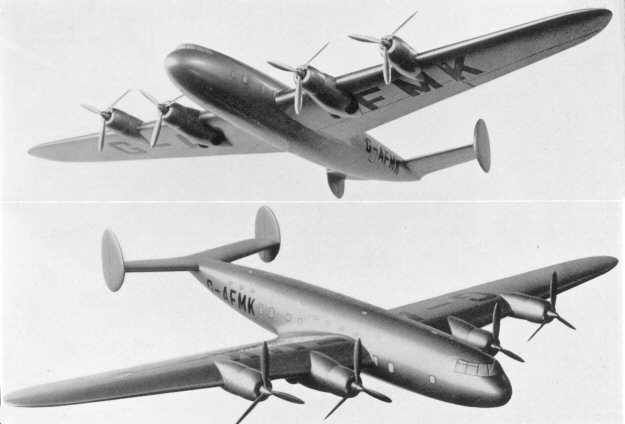4th January 1942
The central units of First Army reaches the river Havel at Spandau, where for the first time since starting their attack a week ago they meet determined resistance. No attempt is made to fight their way through this, because on their flanks other units have already crossed it at Potsdam and Orianenburg and are heading eastwards as fast as they can. Wavell's plan is to surround Berlin first before fighting his way in, in order to ensure that the civilian and military leadership are unable to escape from the city to elsewhere in Germany.
Further north, 4th Army reaches the line Schleswig-Husen against nonexistent resistance and grinds to a halt for lack of petrol. An urgent signal is sent to the RN liaison officer in Hamburg asking for him if he can arrange for a petrol barge to be sent to Tönning to resupply them.
Meanwhile, the eastern branch of 4th Army's advance (which has been assigned most of the petrol tankers) has also run out of steam themselves having reached the line Rostock-Güstrow, also facing almost non-existent opposition. However, in their case they will have to wait for the engineers to re-open the Hamburg - Hagenow – Güstrow line: given how hard they are being worked elsewhere in Germany this will probably be at least two weeks.
On the right flank of the British Army, Alexander's 2nd Army are still static through lack of petrol and growing increasingly frustrated at having to watch their comrades make huge advances against crumbling resistance. Things are slightly better for 3rd Army however, which has started to receive a trickle of petrol and is therefore able to leap forward and occupy Leipzig. Ritchie has been promised a trainload of petrol by the afternoon of the 6th, which should be sufficient to enable his forces to reach Dresden and maybe even the Czechoslovak border.
Further south, the French reach the suburbs of Stuttgart, with progress actually being slightly better than the day before due to slightly improved weather allowing more use of air power. With the PoWs west of the Rhine starting to come fully under control, Giraud's men are freed up to start attacking again and are able to reach the outskirts of Frankfurt before dusk.
Finally, in Czechoslovakia the advance in the centre grinds to a halt after the Germans are finally able to put together enough men to tear up the rail lines in the approaches to Prague and form an effective blocking position to stop the Czechs leapfrogging them. The Czechoslovak army is still able to move forward on both flanks however, and reaches the German border at Nové Údolí and crosses it to capture the village of Haidmühle.
